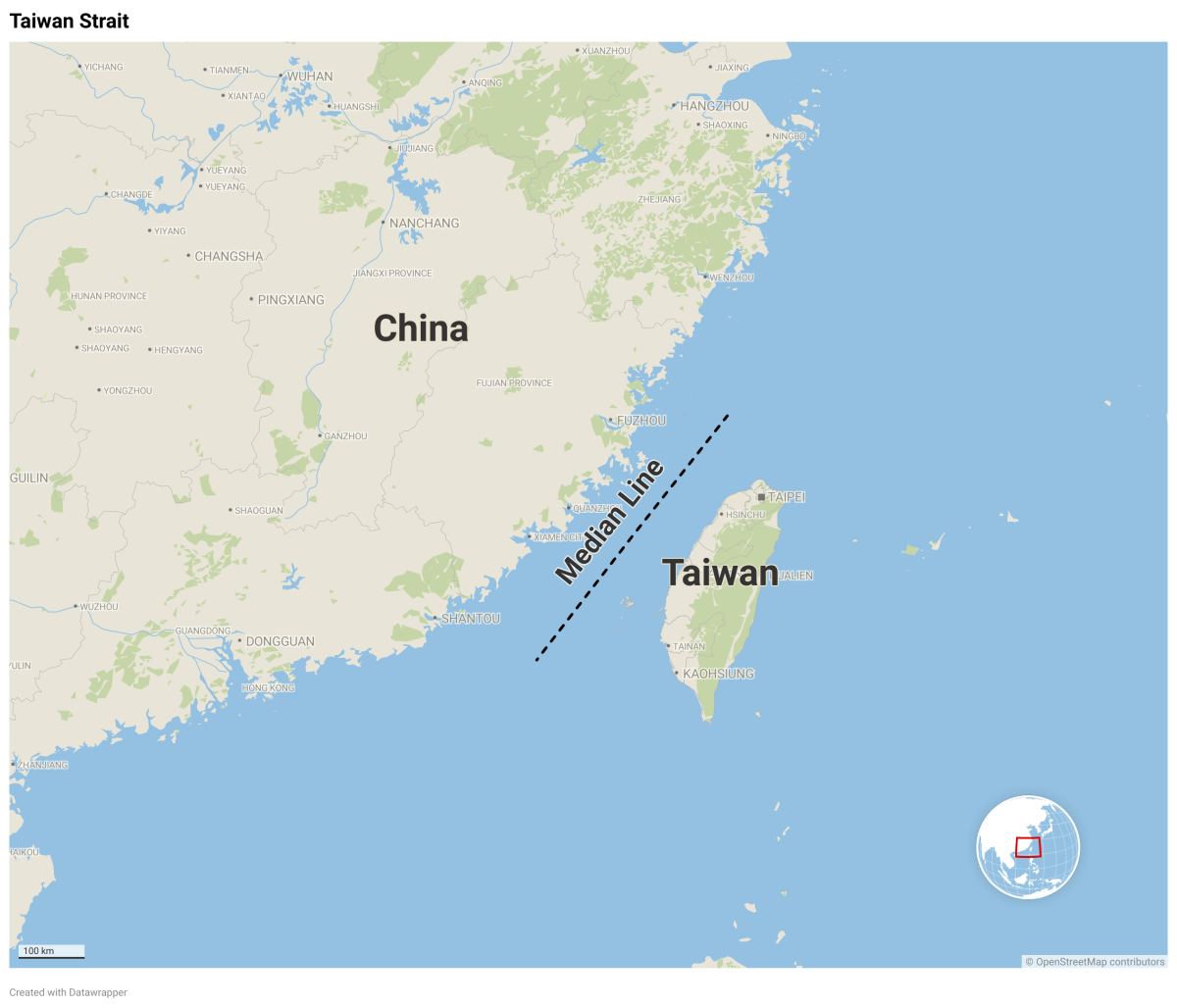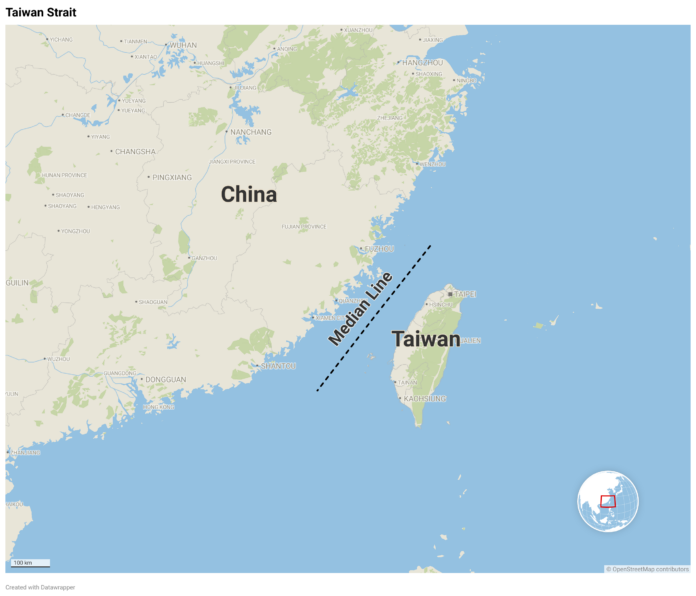A total of 1,709 Chinese warplanes were tracked entering Taiwan’s air defense identification zone last year.
This aerial activity, which now occurs on a near-daily basis, is reported by the Taiwan Defense Ministry. The Taiwan ADIZ Violations Database, compiled by independent defense analyst Benjamin Lewis, illustrates a marked escalation in Chinese military operations near Taiwan in recent years.
The ADIZ, an area where a country asserts authority to identify aircraft for national security purposes, has been a focal point amid heightened tensions between China and Taiwan. China maintains its claim over Taiwan as sovereign territory, despite the current government in Beijing never having ruled on the island.
Notably, the figures for last year fell slightly short of the 1,738 ADIZ sorties reported in 2022 due to a quieter December, which saw the lowest incursion rate since July 2022. However, 2023 still saw nearly 76 percent more of these flights than the 972 reported in 2021—the first full year they were commonplace.
Taiwan’s defense ministry began issuing reports on Chinese military activities in the Taiwan Strait in September 2020, after Beijing ended its former policy of largely confining its activities to its side of the 100-mile-wide waterway. The shift followed visits by high-ranking officials from the administration of former U.S. President Donald Trump.
Lewis’ database has highlighted an increasing diversity of aircraft types entering the zone annually. December witnessed the detection of 13 distinct aircraft, including various fighter jets, bombers, early warning and anti-submarine planes. April showcased the most diverse array, with 20 distinct airframes.
Unmanned aerial vehicles (UAVs) or drones, a recent inclusion in Taiwan’s defense reports since September 2022, have constituted approximately 9 percent of the reported aircraft in recent months, Lewis pointed out.
China’s foreign ministry didn’t respond to Newsweek‘s written request for comment by publication time.
AFP via Getty Images
Analysts view the flights by China’s People’s Liberation Army into Taiwan’s ADIZ as a form of gray-zone activity, or pressure that stops short of kinetic warfare.
Bonnie Glaser, managing director of the German Marshall Fund of the United States Indo-Pacific Program, previously told Newsweek that in addition to asserting its sovereignty claims, Beijing aims to use the sorties to wear down Taiwan’s more limited armed forces by forcing them to scramble fighters with each intrusion.
“Beijing also seeks to erode the confidence of the Taiwanese people in their ability to defend their way of life,” she added.
Crossings over the strait’s invisible demarcation are not limited to aircraft.
Taiwan’s defense authorities also include PLA Navy warships on their daily updates of Taiwan Strait activity.
Maritime ADIZ violations picked up after former U.S. House Speaker Nancy Pelosi’s controversial visit to Taipei in August 2022.
These vessels sometimes come as close as Taiwan’s contiguous zone, a 24-nautical-mile buffer bordering the self-ruled island’s territorial waters.
One such instance last month saw a Taiwanese frigate intercept two Chinese ships—a frigate and a destroyer. The ensuing heated radio exchange was picked up and shared by plane-spotting group Taiwan ADIZ.
Starting in December, Taiwan’s defense authorities also started reporting what are believed to be Chinese weather balloons. Experts have told Newsweek the balloons’ relatively low sub-30,000-foot altitudes make them unlikely to be primarily used for surveillance.

Uncommon Knowledge
Newsweek is committed to challenging conventional wisdom and finding connections in the search for common ground.
Newsweek is committed to challenging conventional wisdom and finding connections in the search for common ground.


